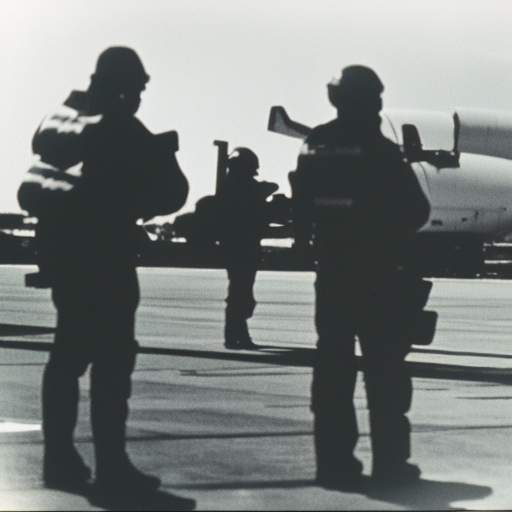Summary: STS-107
The STS-107 mission was the 113th flight of the Space Shuttle program and the 28th flight of the Space Shuttle Columbia. Launched on January 16, 2003, the mission was intended to conduct a variety of scientific experiments and observations. However, tragedy struck when the shuttle disintegrated upon re-entry on February 1, 2003, resulting in the loss of all seven crew members.
Launch and Mission Objectives
STS-107 was launched from Kennedy Space Center in Florida, carrying a crew of seven astronauts. The primary objective of the mission was to conduct scientific research in various fields, including biology, physics, and earth sciences. The crew also planned to test new technologies and perform educational activities.
The Crew
The crew of STS-107 consisted of Commander Rick D. Husband, Pilot William C. McCool, Payload Commander Michael P. Anderson, Mission Specialists Kalpana Chawla, David M. Brown, and Laurel B. Clark, and Payload Specialist Ilan Ramon, the first Israeli astronaut. Each crew member brought their expertise and knowledge to the mission, making it a diverse and talented team.
Tragedy Strikes
On February 1, 2003, as the Space Shuttle Columbia was re-entering the Earth’s atmosphere, it disintegrated over Texas, just minutes before its scheduled landing at Kennedy Space Center. The tragedy was caused by damage to the shuttle’s thermal protection system, which occurred during launch. A piece of foam insulation from the external tank had struck the leading edge of the left wing during liftoff, creating a hole that allowed hot gases to enter during re-entry.
Investigation and Findings
Following the disaster, an extensive investigation was conducted to determine the cause of the accident. The Columbia Accident Investigation Board (CAIB) concluded that the foam insulation strike was the primary cause of the accident. They found that NASA’s organizational culture and decision-making processes had contributed to the failure to recognize the seriousness of the foam strike and its potential consequences.
Legacy and Lessons Learned
The loss of the Space Shuttle Columbia and its crew had a profound impact on the space program and NASA as an organization. It led to a reevaluation of safety protocols and procedures, as well as a renewed focus on the importance of crew safety. The accident highlighted the need for improved communication and decision-making processes within NASA.
Memorial and Remembrance
In memory of the crew of STS-107, numerous memorials and tributes have been established. The Columbia Memorial Space Center in California and the Columbia Memorial Space Science Learning Center in Texas serve as educational institutions dedicated to the crew’s memory. Additionally, each crew member has been honored individually through scholarships, awards, and other commemorative initiatives.
Conclusion
The STS-107 mission was intended to further scientific knowledge and exploration. Tragically, the mission ended in disaster when the Space Shuttle Columbia disintegrated during re-entry, resulting in the loss of all seven crew members. The accident prompted a thorough investigation and led to significant changes in NASA’s safety protocols and decision-making processes. The crew of STS-107 will always be remembered for their dedication to space exploration and their sacrifice in the pursuit of knowledge.












